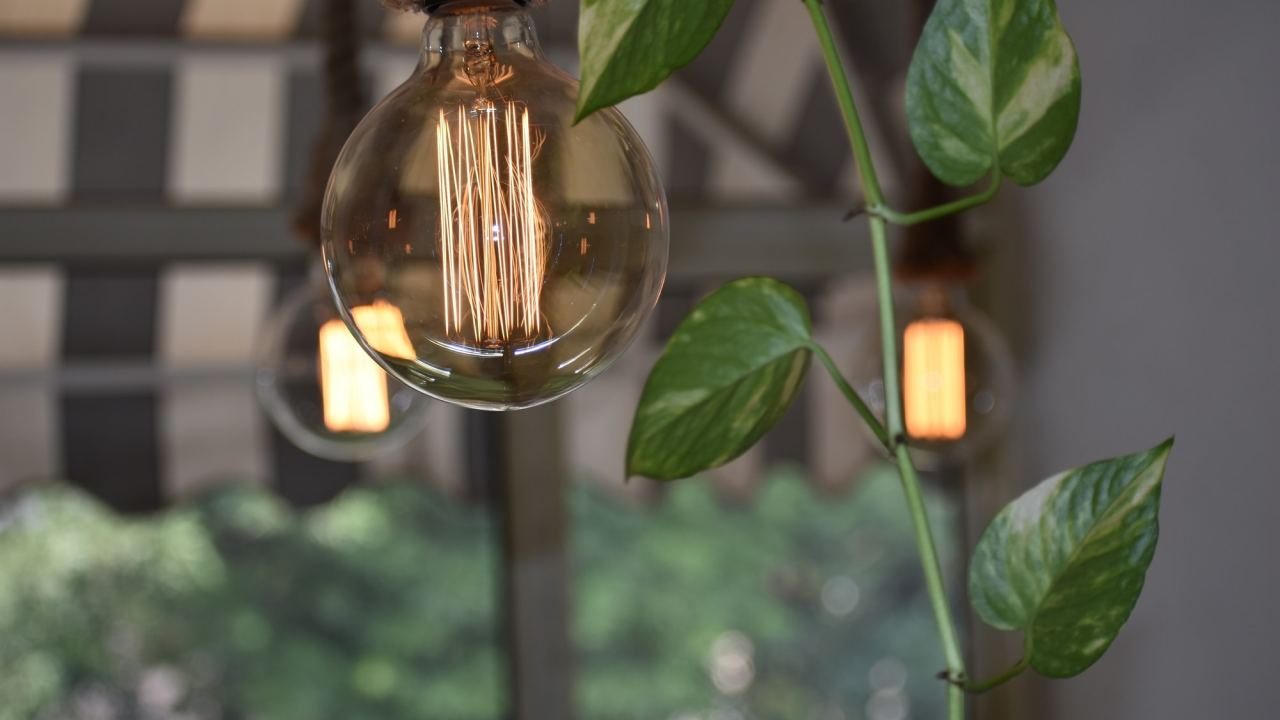
As we develop creative aging programs for museums, it behooves us to think about how to make our efforts as engaging for the audience as possible. Doing this successfully requires a heightened sensitivity to the needs and interests of active adult learners. Even for those of us confident we understand the demographic well, it certainly never hurts to review some key, time-tested tenets to communicating with and engaging seniors. Here are a few:
1. Keep your message simple and compelling.
Active older adults generally possess a highly honed sense of when a person is talking rot. They’ve seen a lifetime’s worth of hyperbolic television advertisements, voted in innumerable elections during which outrageously attractive promises have been made, and grown to appreciate “plain talk” as a high art.
I recall an awkward moment when I first began as an interpreter at Old Sturbridge Village in 1976. It was the height of “inquiry learning” and the Village was heavy into it. An older visitor to the site’s Broom Shop asked how the bristles of the broom were held together. The interpreter responded, “How do you think they would be held together?”
Understanding our audience, especially this audience, is crucial!
2. Provide an experience with some depth.
Older adult learners come from the “no fluff zone,” and want the kind of experience that leaves them feeling they have mastered an aspect of life they were at first hesitant to approach. Travel adventures and extended arts and crafts programs are excellent examples of the kinds of offerings seniors gravitate toward…and return to. (I periodically lecture on UC Berkeley Alumni world travel tours, and I am repeatedly impressed with the number of people who sign up to take five, sometimes even ten, excursions with the program).
3. Build a sense of community.
Older adults want an experience that will build “community,” a group with common interests and values. Therefore, programs that build over weeks, bring kindred spirits together, and enable a sense of mastery over something participants never thought they could master are real successes.
4. Encourage experimentation (and failure).
For some odd reason, people often become more fearful of new and challenging experiences the longer they live. Unlike children, older adults have lived to experience the pain of failure, and try to avoid it if they can. Our programs should attempt to break them out of this by encouraging experimentation and, yes, failure. Remember what Edison said when he finally invented the filament lightbulb: that he had not failed along the way but discovered numerous ways that would not work.
If we can keep these basic tenets in mind as we develop creative aging programs for active older adults we will meet, as Thoreau once said, “success unexpected in common hours.”
Ad Summa!








